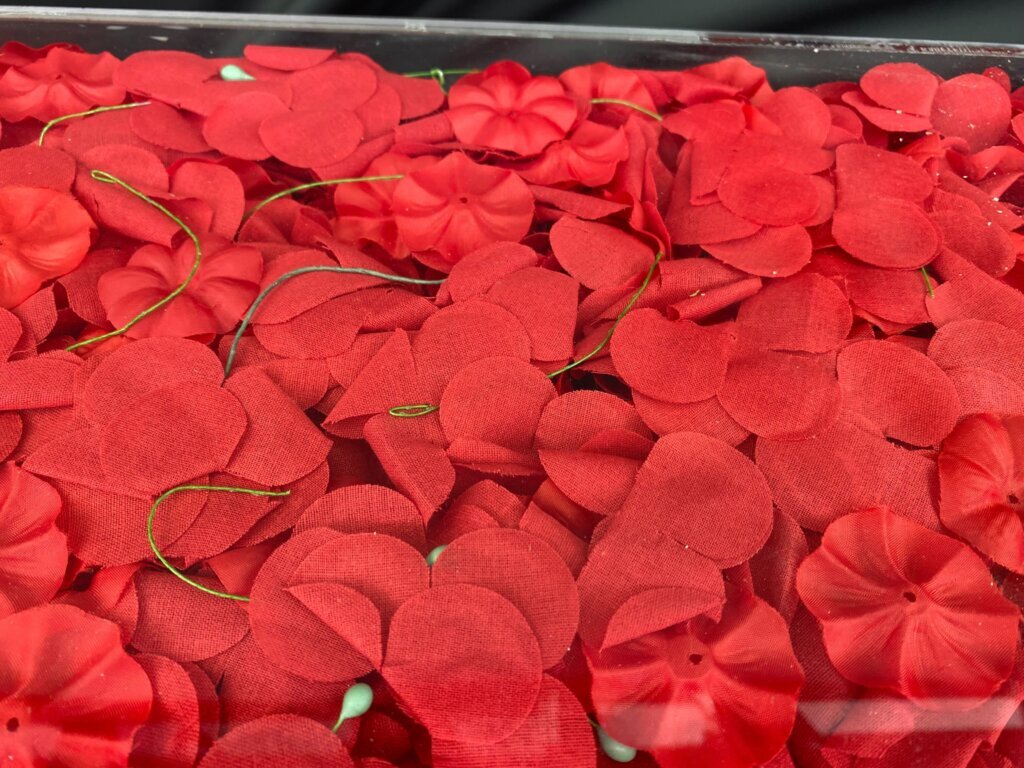
You may have seen many red poppies over the weekend. So why is the red flower used as a symbol around Memorial Day?
It all began in 1915 in the wake of battle in World War I. Lt. Col. John McCrae, a Canadian soldier and poet, lost his friend Lt. Alexis Helmer following the Battle of Ypres in Belgium.
McCrae noticed that poppies had begun to bloom on the battlefield and where the dead had been laid to rest. The sight inspired him to write the 1915 poem “In Flanders’ Fields.”
The poem grew in popularity among the allied nations and in 1918 Moina Belle Michael, an American, was inspired by the poem and decided to always wear a red poppy as a sign of remembrance sparking the tradition.
On Sept. 27, 1920, in Cleveland, Ohio, The American Legion established the poppy as its official memorial flower.
Since then it has also been recognized as a memorial flower by several other military groups including the Veterans of Foreign Wars.
“After World War I, the poppy flourished in Europe. Scientists attributed the growth to soils in France and Belgium becoming enriched with lime from the rubble left by the war,” the American Legion wrote on its website.
Over 100 years later, the American Legion began to recognize the Friday before Memorial Day as National Poppy Day and has lobbied Congress for official designation.
You can read the poem “In Flanders Fields” below:
In Flanders fields the poppies blow
Between the crosses, row on row,
That mark our place; and in the sky
The larks, still bravely singing, fly
Scarce heard amid the guns below.
We are the Dead. Short days ago
We lived, felt dawn, saw sunset glow,
Loved and were loved, and now we lie,
In Flanders fields.
Take up our quarrel with the foe:
To you from failing hands we throw
The torch; be yours to hold it high.
If ye break faith with us who die
We shall not sleep, though poppies grow
In Flanders fields.








